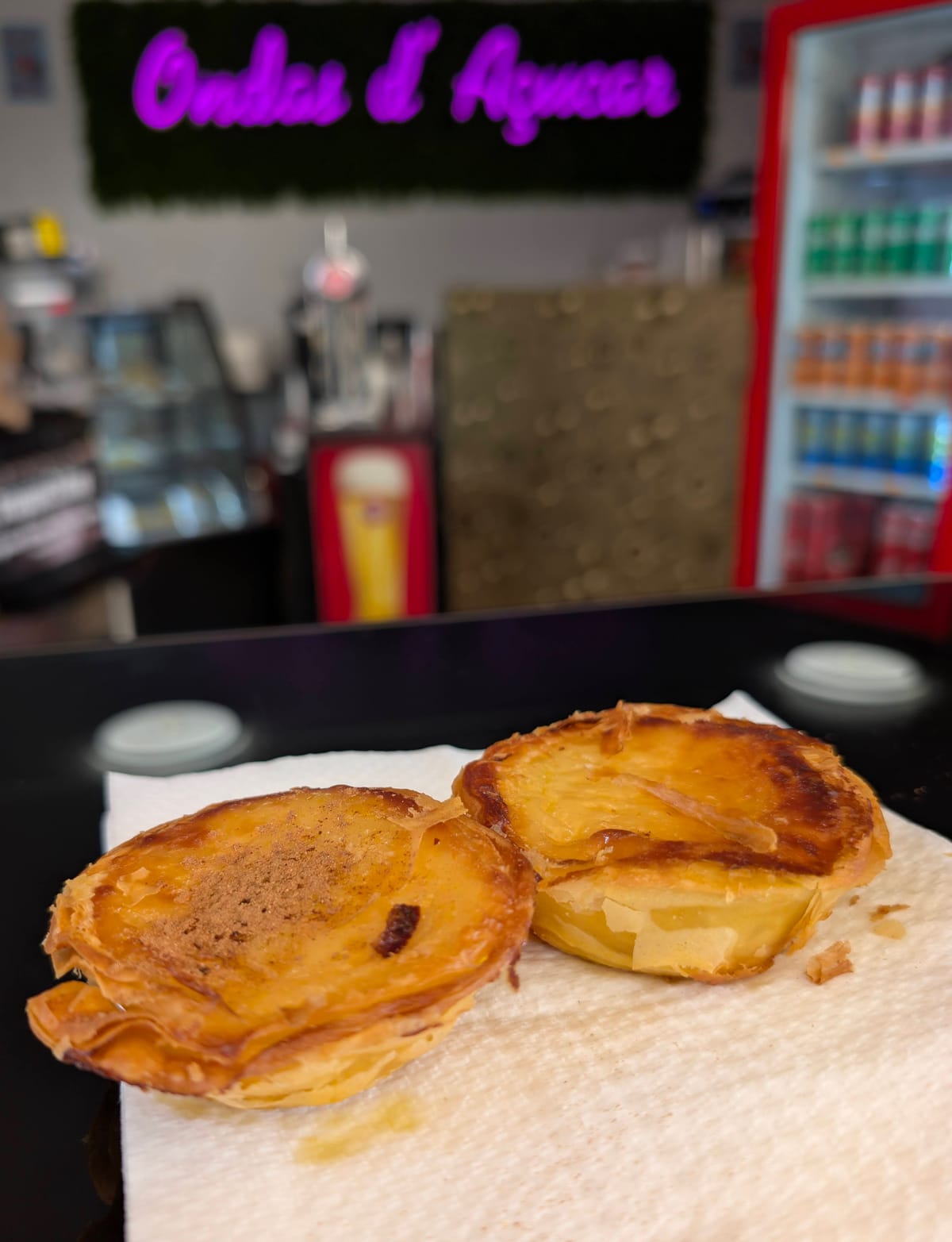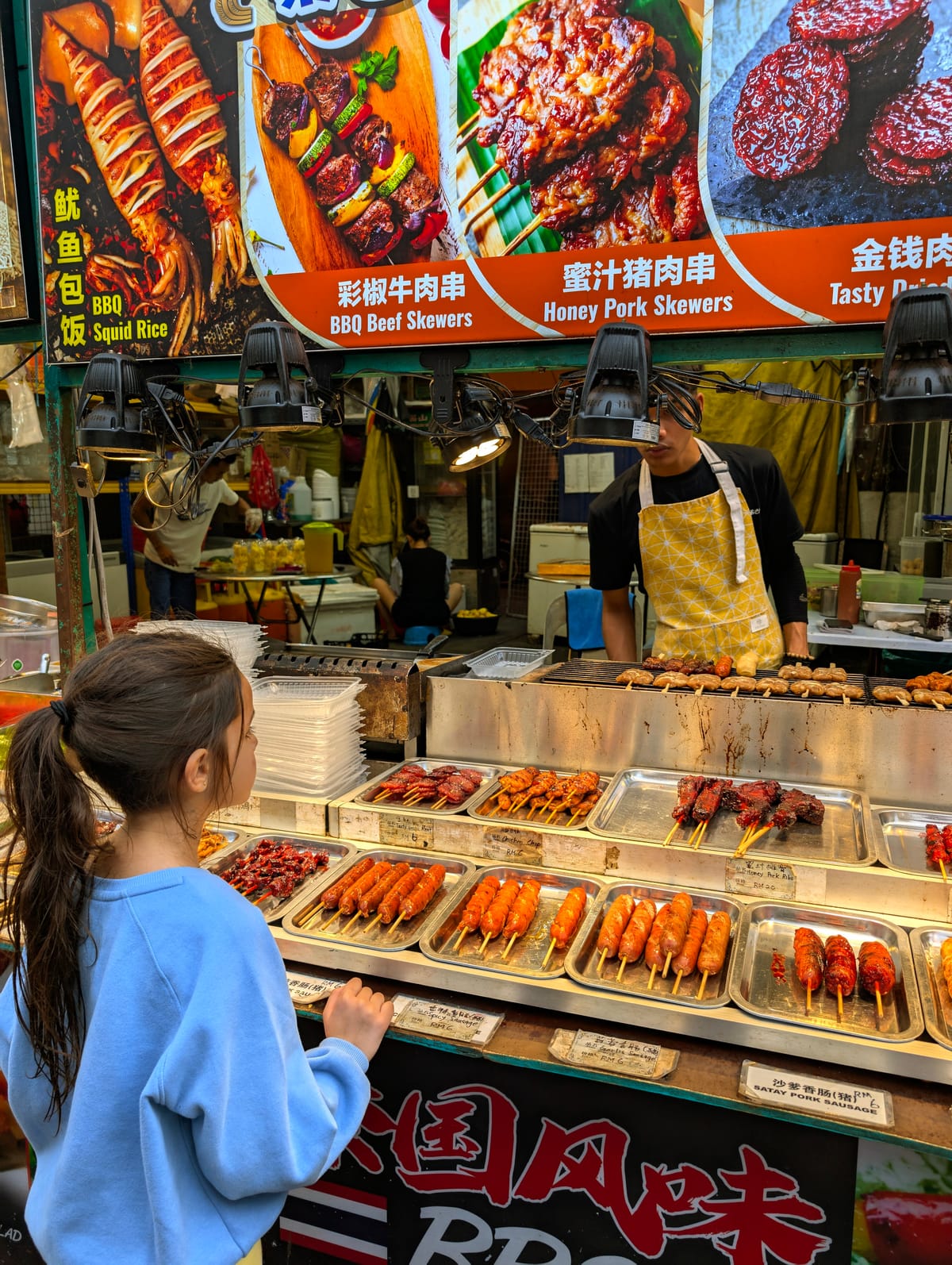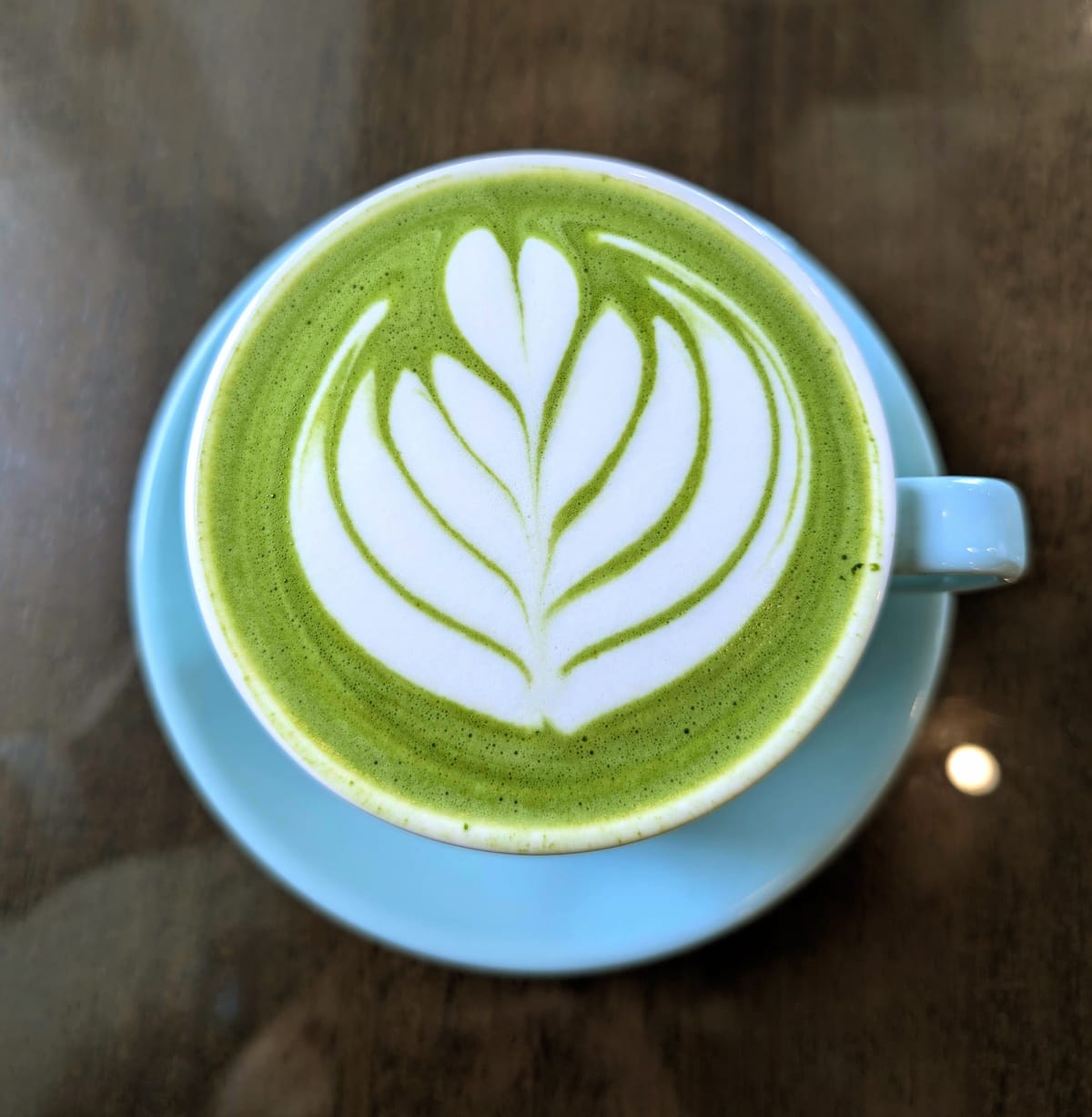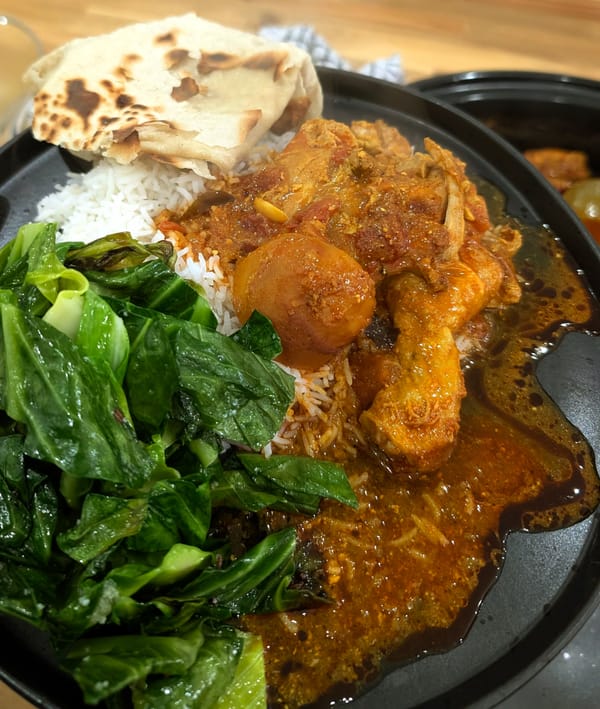Where the Rice Sings and the Prawns Speak Spanish
A soulful journey sparked by 72 hours in Spain. From paella to veal cheeks, this curated guide explores the cultural roots of Spanish cuisine—paired with handpicked recipes so you can bring the flavours of Alicante home. A love letter to food, memory, and the art of slow eating.

I just spent three days in Spain that rewired my senses. The food, the air, the soulful conversations, the sun-drenched silence of peaceful interludes... It was the kind of getaway that recalibrates something in you. Not just a break from routine. A return to something elemental. And nowhere did I feel that more than at the table.
This piece is not the usual food diary. I didn’t take a single photo of what I ate. There was no performative drizzle of olive oil, no perfectly placed fork in frame. Instead, this is a cultural curation—a celebration of Spanish cuisine drawn from my stay at Meliá Villaitana in Alicante, where each meal truly felt like a masterclass in restraint, tradition, and flavour. This post is for those who want to understand Spain through its stews, its rice, its reverence for the sea and land. And for those who want to cook their way back into that experience.

Alicante: Where Mountains Meet the Mediterranean
Tucked along the Costa Blanca, Alicante is both a port city and a historical crossroads. Phoenicians, Romans, Moors—each left an imprint. You see it in the city’s architecture, hear it in the lilt of the local Valenciano dialect, and taste it in the food. The cuisine of Alicante is firmly Mediterranean, but it’s also uniquely of its place: rustic, coastal, sun-infused.
And yes—it's a mere stone’s throw from Benidorm, the party town that British tabloids have immortalised in ways that Alicante would politely prefer to distance itself from. But let’s not judge a coastline by its karaoke bars. For every neon-lit happy hour, there’s a sleepy inland vineyard or a fisherman preparing his morning catch. Alicante knows how to hold both.
This is rice country. Valencia, just to the north, is the birthplace of paella. But Alicante adds its own flair—fish-forward, with smoky alioli, and often cooked over open flame.

Setting the Scene: Meliá Villaitana
Designed to evoke the charm of a Mediterranean village, Meliá Villaitana is more than a hotel, it’s a whole experience. Perched between the sea and the mountains, the resort is built like a miniature Spanish town, with pastel-hued buildings, cobbled plazas, and panoramic views over the Costa Blanca.
It actually houses two hotels in one: the family-friendly Meliá and the adults-only The Level, with exclusive access to private pools and serene lounges. Its sprawling grounds include a full golf course, a 5,000-square-meter spa, and multiple restaurants that honour the regional cuisine while pushing its boundaries. The attention to detail is astonishing—each corner feels curated, from the lantern-lit walkways to the Andalusian-style courtyards.
The hotel was designed with intention, blending Spanish architectural styles from across the country to create a space that feels rooted in heritage yet distinctly luxurious. And it sure delivered—even a lawyer conference stay became a restorative retreat.
I found myself wandering from meeting rooms to mealtimes with increasing anticipation. And then came the dish that recalibrated everything I thought I knew about Spanish food.
The Paella Revelation

I thought I knew paella. I didn’t.
Before this trip, my only reference point for paella was, well, disappointing. The UK versions I’d tried were often soggy and suspiciously yellow, clinging to undercooked saffron like a disguise. Even in Portugal, the closest I'd previously come to Spanish cuisine, it hadn’t landed. I realise how ignorant that sounds coming from a self-proclaimed foodie—but there it is. I had unknowingly written off an entire cuisine based on poor imitations.
What I encountered in Spain was transformative.
The rice was bone-dry in the best way: toasted to a golden crisp at the bottom (this is the socarrat, the crown jewel of any good paella), the grains separate yet saturated with shellfish stock, saffron, and smoke. It tasted of sea air and fire. No sogginess. No shortcuts. No apologies.
A bit of history: Paella began as a humble farmer's dish. In 18th century Valencia, workers would cook rice with whatever was on hand: rabbit, duck, snails. Seafood paella came later, a coastal adaptation. Today, the dish is fiercely regional and often contested—ask three Spaniards how to make it and you’ll get five answers.
Cook it yourself: The Ultimate Traditional Paella Recipe by Spain on a Fork
Tuna and Fire the Spanish Way

Spain doesn’t dress up its seafood. It doesn’t need to. A drizzle of olive oil, a few flakes of sea salt, and an open flame are often all it takes. The restraint is deliberate—and deeply cultural.
At Meliá, the tuna came thick and blushing pink inside. The grilled prawns were charred just enough to draw out their natural sweetness, served simply with sea salt and a wedge of lemon. The kind of dish that insists you eat with your hands and mop up every last drop with bread (a common thread in this piece, and one that seems to run through Spanish cuisine as a whole!).
Cultural cue: In coastal Spain, meals are long and grilled foods are communal. The emphasis is not on complexity but on the integrity of ingredients. The cooking is direct, but the flavours are layered in memory and repetition. Eating like this—slowly, with your hands, outdoors if you're lucky—feels radical in a world obsessed with reinvention. There is no garnish, no deconstruction. Just the flavour of the sea, fire, and time.
Recipes to try:
Braised Beauty: Veal Cheeks in Gravy
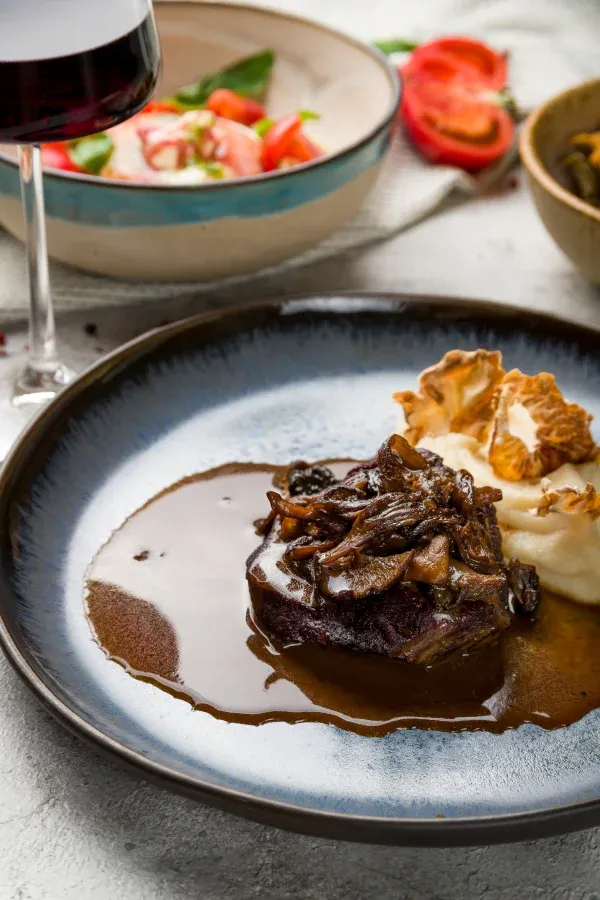
This dish doesn’t announce itself. Oh boy. It seduces slowly—and then refuses to let you forget it.
The veal cheeks, known as carrilleras, were slow-cooked until surrender: fork-tender, glistening, with that unmistakable depth of flavour that only time—and ancestral knowledge—can yield. The sauce was glossy and complex, with sweet, dark undertones. After some very amateur sleuthing (read: asking the waiter and googling in bed later), I suspect Pedro Ximenez sherry played a role. Or maybe it was just a miraculous stock born of bones, wine, and whispered secrets.
This was the kind of dish that feels like it belongs to someone’s grandmother, or their great-grandmother. A recipe not written down, just felt in the bones.
Why it matters: In Spain, cheeks are prized for their gelatinous tenderness. A butcher’s cut, a cook’s secret. Braising isn’t just a method here—it’s a mindset. I imagine it bbeing a Sunday ritual of patience, passed from hand to hand, kitchen to kitchen. Carrilleras seem to carry with them the soul of Spanish home cooking, in all its earthy, unapologetic glory.
Try it: Veal cheeks with Pedro Ximénez sauce (Recipe from Campo Grande)
Caldo de Pescado: Fisherman’s Stew with Bread for Mopping

The most unassuming dish of the trip turned out to be the most comforting. It was a Spanish-style fish stew—deeply savoury, full of sea essence, and tasted like it was cooked with the kind of patience that comes from generations of practice.
What I experienced was rustic and unfussy: squid, tuna, prawns, perhaps even a scallop or two, all folded into a broth that tasted like waves crashing over rocks. I had it with gloriously buttered slices of granary olive bread which was perfect for soaking up every last drop. I definitely went back for seconds.
Cultural note: While suquet de peix is well known in Catalonia, in regions like Valencia and Alicante you’ll often find versions of caldo de pescado made with the bones and heads of the day’s catch—el casco del pescado—to infuse the broth with oceanic depth. These stews reflect a practical kind of reverence: nothing is wasted, and flavour is coaxed from every corner of the fish. Each region adapts the dish to its coastline, using what’s fresh, local, and abundant. The version I had felt like a coastal Spanish grandmother had stirred it with care and served it with stories.
Recreate it: Spanish Fish Stew (Cazuela de Pescado)
Escalivada: Vegetables as Art
Few dishes speak the Mediterranean language as fluently as escalivada. Made from flame-charred aubergines, peppers, and onions, this Catalan-rooted dish is found all along Spain’s eastern coast. Its preparation is as elemental as its flavour: smoke, olive oil, and salt. That’s it. But in those hands, it becomes more than the sum of its parts.
Escalivada translates to "cooked in ashes," nodding to its origins in rural wood-fired cooking. Once blackened and blistered, the vegetables are peeled, sliced into soft, silky strips, and left to marinate in good olive oil. It’s typically served at room temperature—on crusty bread, alongside fish, or as part of a humble tapas spread.
What makes escalivada enduring isn’t complexity but clarity. Like much of Mediterranean cuisine, it’s built on an economy of ingredients and an abundance of flavour. It teaches restraint. It honours time. And like so many of Spain’s best dishes, it proves that simplicity, executed with care, can be utterly transcendent.
Recipe: Spanish Escalivada - Roasted Mediterranean Veggies

Final Thoughts...
Spanish cuisine clearly doesn’t beg for attention. On the contrary, it rewards it through the experience it delivers. It feels like a cuisine built on memory—of places, of people, of Sunday tables and seaside afternoons.
Honestly, eating in Spain felt like being trusted with something sacred. And recreating these dishes at home is going to be my way of honouring that.
Until next time—eat slow, savour more.
Lorna x
About me...I'm Lorna Rose and, by day, I work in the tech industry, but in my heart of hearts, I've always been fascinated by the story that food tells. The magic of a well-cooked meal, the way a simple dish can bring people together, spark conversation, and create lasting memories. On Happy Bellies, I set out to explore and find hidden gems, so that I can indulge in telling stories around food that will make you want to go out and create your own foodie adventures.
Keep reading:
